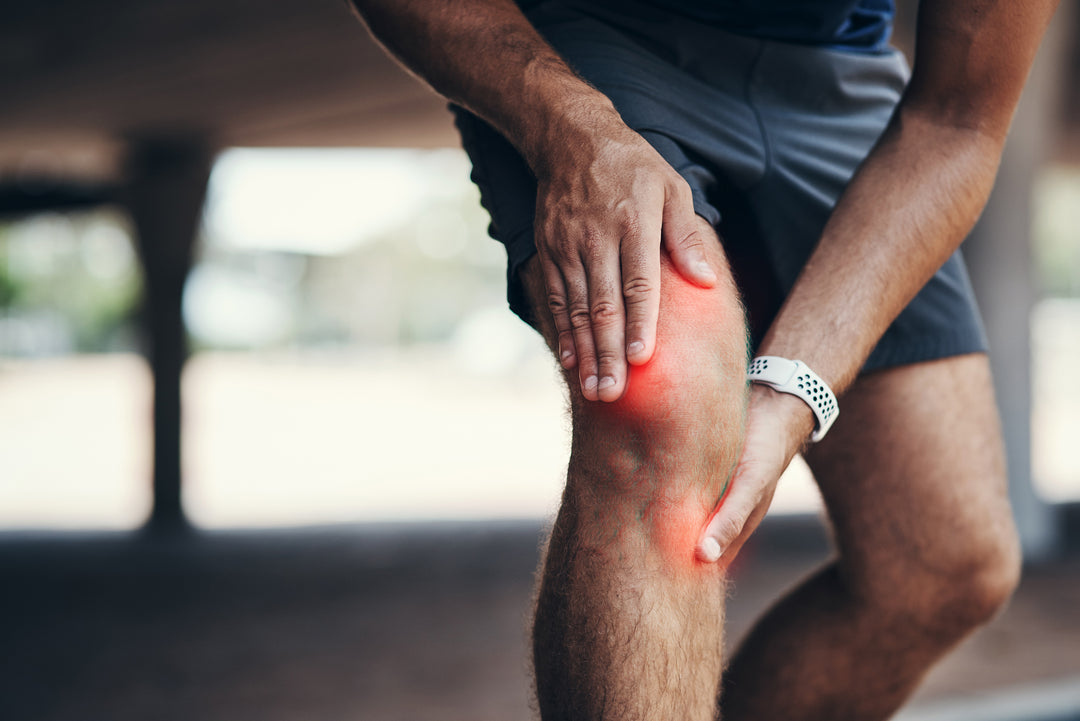How to Keep Your Joints Flexible as You Age

Flexibility is one of the first things we lose as we age, and joints are often the reason why. Over time, cartilage thins, connective tissue stiffens, and inflammation increases — all of which reduce range of motion and contribute to discomfort during movement. Preserving joint flexibility is key to maintaining independence, preventing injury, and staying active through the years.
Fortunately, there are many ways to protect and even improve joint flexibility as you age — through movement, nutrition, and supplementation.
The Importance of Staying Active for Joint Mobility
Movement keeps joints lubricated and muscles strong. Activities like stretching, yoga, swimming, and walking help maintain range of motion and encourage the flow of synovial fluid — the body’s natural joint lubricant.
Pro Tip:
Avoid sitting still for long periods. Even standing or walking for a few minutes every hour can reduce stiffness and support circulation.
Nutritional Support for Healthy, Flexible Joints
In addition to regular exercise, your body benefits greatly from targeted joint nutrition. Supplements such as Clear Joint Support contain key ingredients that rebuild and protect cartilage, reduce inflammation, and promote flexibility.
Key Ingredients That Support Joint Health:
- Glucosamine Sulfate & Chondroitin: Help rebuild cartilage, cushion joints, and maintain structural integrity.
- MSM (Methylsulfonylmethane): Reduces inflammation and supports connective tissue flexibility.
- Boswellia: Naturally soothes joint inflammation and discomfort.
- Turmeric (Curcumin): Blocks inflammatory enzymes and enhances blood flow to joint tissues.
Together, these compounds work synergistically to maintain flexibility and ease stiffness associated with aging.
Hydration and Nutrition for Long-Term Flexibility
Hydration is essential for joint function. Joints rely on fluid-filled sacs and healthy cartilage, both of which depend on adequate water intake. Drink plenty of fluids daily to keep cartilage supple and reduce friction during movement.
A diet rich in antioxidants and omega-3 fatty acids also plays a major role in protecting joints from oxidative stress. Include foods such as:
- Leafy greens
- Berries and citrus fruits
- Nuts and seeds
- Fatty fish like salmon or sardines
These foods help combat inflammation and support long-term joint mobility.
Posture and Ergonomics Matter
How you move and sit daily has a lasting impact on joint health.
Maintaining good posture and using ergonomic supports can reduce strain on joints, especially in the neck, back, hips, and knees.
Whether sitting at a desk or exercising, proper alignment helps prevent unnecessary wear and tear.
Be Proactive About Your Joint Health
Aging doesn’t have to mean stiffness or reduced mobility. Taking early action through exercise, nutrition, hydration, and supplementation can help maintain flexibility and reduce discomfort.
With consistent care and support from Clear Joint Support, you can stay active, comfortable, and mobile for years to come.
FAQs About Maintaining Joint Flexibility
What causes joints to become stiff with age?
Aging reduces cartilage thickness and joint lubrication while increasing inflammation, all of which lead to stiffness and decreased flexibility.
Can supplements really help with joint flexibility?
Yes. Ingredients like glucosamine, chondroitin, MSM, and turmeric have been clinically shown to improve mobility and reduce discomfort.
How does hydration affect joint health?
Water supports synovial fluid production, which lubricates joints and prevents friction-related stiffness.
What exercises are best for maintaining flexibility?
Yoga, swimming, stretching, and low-impact activities like walking are excellent for keeping joints mobile and strong.








